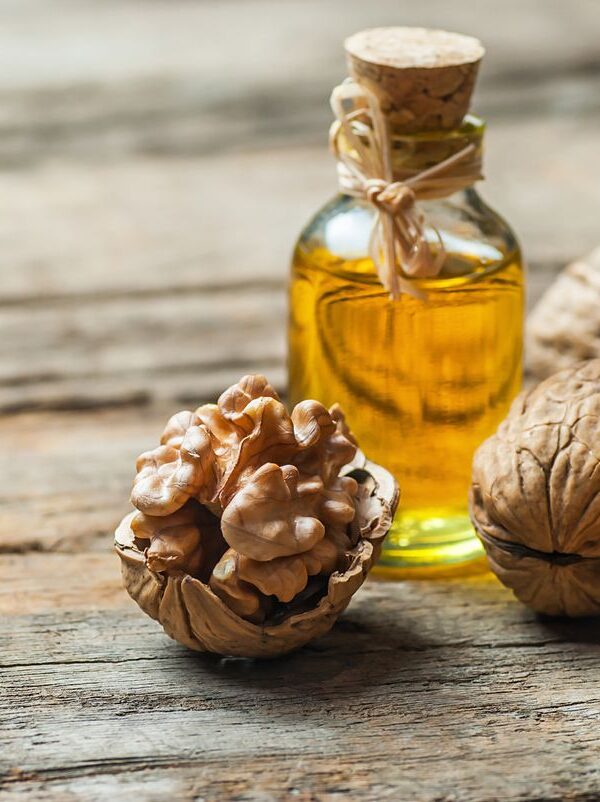Let’s face it: your period can be unpleasant, painful, and inconvenient. Periods may be a bogey, specifically during the rainy season. The humidity is already oppressive, and cramps, PMS, and other period-related issues worsen the problem. While climate change has no direct effect on your period, it does cause many other changes that can throw your cycle off. Seasonal changes impact various factors, including your metabolism, mood, and even periods.
.jpeg)
Who’d have guessed that period duration may vary as well? That’s true, they not only hurt differently in different seasons, but they also get longer and shorter as the seasons change. Scroll down and find out the numerous elements that influence the outcome.
Alteration of Eating Habits:
Changes in the weather can cause you to adjust your eating habits. When you eat mangoes during the summer, your body’s core temperature rises. Other fruits, such as papaya and pineapple, are also known for speeding up your period by generating heat in the pelvic region and causing your uterus to contract. A rise in appetite may occur in colder seasons. If you consume more during the colder months, you may have higher estrogen levels in your body. As a result, the length of your menstrual cycle is affected.
Limits of physical activity:
Climate change may have an impact on your level of activity. And how much physical activity you engage in has a significant effect on when your period arrives. If you exercise more frequently throughout the summer, you’ll notice that your cycle is generally prolonged by one or two days. When the weather grows colder or monsoon hits, and you desire to reduce your physical activity, your periods may arrive a few days early. The length of your cycle is also affected by the type of exercise. Weightlifting and high-intensity aerobics can help you delay your period by a few days.
Due to stress:
While short-term and seasonal climate changes have no significant impact on your body, another type of change is far more concerning. However, when air quality deteriorates in many regions of the world, women exposed to polluted air during adolescence are more likely to have irregular menstruation cycles later in life. Long-term climate change also causes rising temperatures, which increases stress levels. And that’s never a good indication because stress disrupts your body’s delicate hormonal balance, causing your periods to be longer or shorter than they should be.
.jpeg)
Furthermore, the seasonal change affects the body by slowing the metabolism, resulting in hormonal imbalance. Our cycles, undoubtedly, are also changed due to our behavioral shifts. Lifestyle change can contribute to managing your PMS and PCOS symptoms.
Up Your Nutrition Intake
Periods can cause a loss of bodily iron. Therefore it’s good to take anything to help you maintain it. Furthermore, monsoons can be exhausting, and maintaining a healthy nutritional balance might help you. Iron-rich foods like spinach, and greens in general, are extremely healthful. Foods high in protein are also recommended. Maintaining a high level of nutrition throughout your period, especially during the monsoon, will keep you healthy and enable your body to manage the symptoms. However, this does not excuse you from being cautious in other seasons. Take care of yourself and your nutrition throughout the year, especially around your period. It will undoubtedly make you feel more at ease!
Adding seasonal fruits and certain other foods helps you manage your diet and nutritional intake and has been shown to help manage symptoms. Including anti-inflammatory foods such as fatty salmon, leafy greens, and berries should be on your list of PCOS and PMS diet plans:
- Good source of Fiber – In adults, consuming 28-36 grams of soluble and insoluble fiber per day improves insulin sensitivity and lowers circulating insulin. Apples, oats, and pulses are the best sources of soluble fiber.
- Flaxseeds – These seeds are a great source of fiber and healthy fats (Unsaturated fats). They’re a delicious addition to smoothies or oatmeal. Flaxseeds have a fiber level of 27 g per 100 g and a protein value of roughly 18 g per 100 g.
- Choose low-GI wholegrain, cereals, and fruits – Include wholegrain bread, brown rice, ragi, bajra, quinoa, and low GI fruits in your diet. Fruits contain natural sugar, unlike the sugar used in your tea or other beverages and sweets. Fruits are also high in vitamins, minerals, and antioxidants, which can help regulate insulin resistance and reduce PCOS symptoms.
- Vitamins and Supplements – There are several different vitamins and supplements variety of supplements available that may help regulate hormonal imbalances, promote ovulation and improve female fertility for women with PCOS. You can take supplements filled with vitamin B or D, zinc, magnesium, Inositol, chaste berry extract, etc. If you are willing to add such nutrient sources to your lifestyle, you can add tasty vitamin gummies like That Time Of The Month by Power Gummies. These gummies will help you manage your PCOS and PMS symptoms by popping two gummies a day.
What to Avoid?
- Skip the cheese; it may make the food look more appealing, but it also adds excess fat to your PCOS diet, which is a warning sign.
- Processed foods have a higher Glycemic Index (GI), which raises insulin production and diabetes risk.
- Consume dairy products in moderation, and visit a doctor to determine their compatibility before beginning to include them in your PCOS diet.
- Some women may need to avoid gluten-based foods because PCOS induces inflammation and excessive androgen production, which leads to weight gain and irregular menstrual cycles.
Though the weather impacts your menstrual period, other factors such as stress, travel, and changes in nutrition, exercise, and sleep patterns can all contribute to variations in our cycle. What should you do? Maintain a nutritious diet as much as possible, and ensure that you exercise regularly. The more healthy you are, the better you will be able to deal and cope with PCOS and PMS symptoms.







Leave a Reply